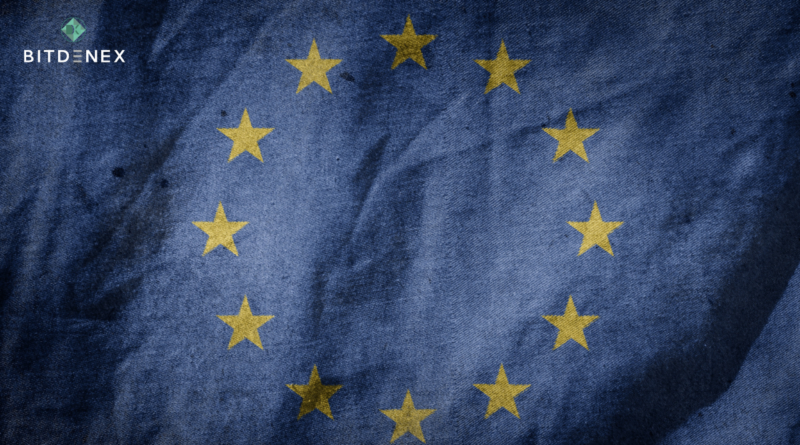Mica: The good, the bad, and the ugly of the European Union’s cryptocurrency rules
The European Union’s Markets in Crypto-Assets regulation framework isn’t perfect, but it gives certainty that the United States lacks.
While US regulators such as Securities and Exchange Commission Chair Gary Gensler claim in bad faith that “there’s been clarity for years” when it comes to cryptocurrency, the European Union took real action in April when it passed the Markets in Crypto-Assets (MiCA) regulatory framework. While imperfect, it was a critical step forward for our sector and a warning to the United States that if it continues to stand still and rely on outmoded regulations, it will be left behind.
As a result, the traditional regulatory framework does not adequately address the problems associated with blockchain technology, which leads to frustration and wasted resources as lawyers argue over interpretations of statements rather than following clearly defined regulations.
The practical applications of Web3 have shown great promise, but it remains a remix of the traditional financial system – albeit a remix dedicated to improving efficiency, openness, and fairness.
Mica: A necessary but mediocre step forward for regulation
Despite the jargon of banking and securities legislation, the problem is much simpler than it appears. In sum, our laws are designed to keep people from doing horrible things to other people. Terrorists giving or receiving money to facilitate terrorist activities are two examples, as are fraudsters presenting false claims to investors. It also entails holding licensed individuals and businesses responsible for a set of operating standards that have evolved over the history of our modern financial markets.
In the more technical sense, the laws governing these operating standards are
- Anti-Money Laundering and Counter-Terrorist Financing laws
- Securities, and commodities laws
- Market infrastructure regulation
The SEC insists that existing regulations cover these three issues broadly, but many elements slip through the cracks of these roughly 100-year-old definitions, rules, and penalties. We can largely attribute that problem to two things.
One example is the classification of digital assets. Are they commodities, securities, or something altogether different? Digital tokens frequently exhibit aspects of both, or neither, posing a considerable challenge to established systems.
The second is that the rate of innovation greatly outpaces the rate at which traditional financial regulatory frameworks, which are slow and complicated, can adapt. Governments must set regulations that are strong enough to prevent wrongdoing and safeguard stakeholders while remaining flexible enough to meet the innovations promised by this emerging industry. How can these authorities compete with a smart contract that can be issued in minutes and then upgraded the same day with an entirely different set of logic and parameters?
For those of us in this fast-paced business, it is self-evident that we require new norms and guidelines that are compatible with the particular benefits and challenges that Web3 provides.
MiCA: The good
What is MiCA’s finest feature? Tougher regulations and harsher penalties for crypto asset service providers who misappropriate user funds! This is a long-standing issue in the cryptocurrency community, where exchanges and wallets have no accountability when they are hacked or compromised and lose customers’ assets, resulting in tens of billions of dollars lost with no options for victims. This is reprehensible, and it has directly contributed to the irreversible destruction of many people in our profession by evil actors.
Mica: The bad
Although it declares that its primary goal is to prevent market manipulation, the majority of manipulation occurs outside of the European Union (through offshore firms), so it doesn’t immediately benefit many people. However, it may help indirectly by signaling to the market the direction regulators are headed in — though this also depends on the fines imposed when cases are heard by a court.
MiCA: The ugly
Mica has many concerning or otherwise “ugly” elements that readers, not only EU citizens, should be aware of.
Another fundamental issue that must be addressed in any European Union law is as follows: Because the EU’s court system is fragmented, it is impossible to draw meaningful inferences regarding the implications of particular future judgments. In short, this is a tiny victory for Web3 and will necessitate much more work by regulators around the world.
This is in stark contrast to the United States court system, which has generally had a united and stable foundation of legal judgments (albeit not with Web3). A scattered set of judgments makes it doubtful that other nations will fully implement MiCA; instead, they will likely wait for the United States to issue its own substantial framework and regulatory rules.
Buy and sell crypto in minutes with 0.20% trading fees at Bitdenex Exchange

